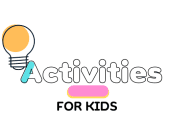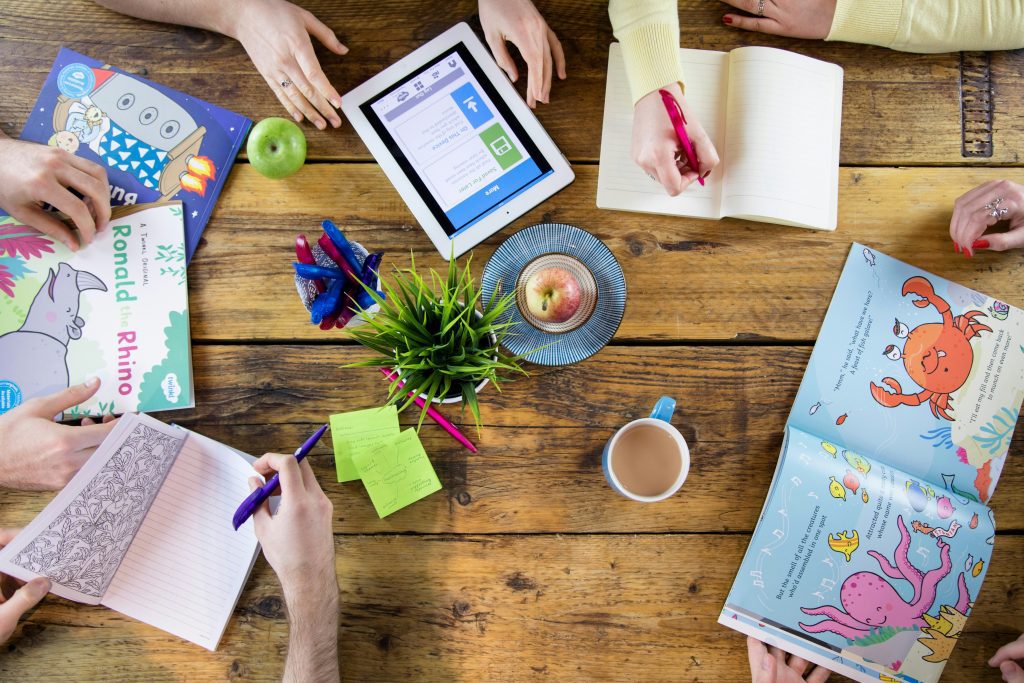In today’s digital age, creating enjoyable and engaging educational activities for kids is pivotal, especially within an online platform dedicated to providing a diverse range of activities for children. It’s crucial to recognize and cater to the different needs and interests of young learners, offering them educational value and an exciting and enriching experience.
According to the Digest of Education Statistics 2021, in 2020, there was a concerning drop of 22% (equivalent to 0.4 million students) in the number of students enrolled in prekindergarten in public schools compared to 2019.
The decline underscores the need for innovative and captivating educational resources, particularly in the digital realm, to ensure that children can access high-quality educational experiences despite external challenges.
Tip 1: Incorporate Hands-On Experiments and Projects


Hands-on learning experiences play a pivotal role in enriching the diverse range of activities offered to children. For instance, within the science category, children can engage in simple yet captivating science experiments. It includes creating homemade volcanoes, exploring the physics of simple machines, or conducting basic chemistry experiments using household items.
Similarly, in the arts and crafts category, DIY projects like making recycled art, constructing simple mechanical toys, or creating sensory bins can spark creativity and imagination while fostering hands-on learning experiences.
By integrating these hands-on activities across different categories, children are engaged in meaningful and enjoyable educational experiences. It allows them to explore, discover, and learn dynamically and interactively.
Tip 2: Gamify Learning
Gamification in education involves integrating game elements and principles into learning experiences. It makes children more interactive, engaging, and enjoyable. Gamified learning experiences not only make education more enjoyable but also encourage active participation and skill development in alignment with diverse learning styles.
By incorporating educational games and challenges, you can cater to various interests and preferences. It ensures that children find joy and motivation in their learning journey.
Tip 3: Utilize Multimedia Resources


Utilizing multimedia resources tailored to different age groups and categories can enrich the educational experience. It also can cater to diverse learning preferences, and foster a dynamic and interactive learning environment within our platform.
Videos
Incorporating educational videos can provide visual and auditory learning experiences, enhancing the platform’s offerings. For younger children, animated storytelling videos or nature documentaries can captivate their imagination. On the other hand, educational tutorials or virtual field trips may appeal to older students.
Interactive Apps
Introducing interactive educational apps can offer hands-on learning opportunities. For example, math-based puzzle apps for elementary students. In contrast, language learning apps for middle schoolers can engagingly supplement traditional learning techniques.
Educational Websites
Recommending trusted educational websites can broaden the learning horizon. Interactive science websites with virtual experiments, coding platforms for tech-savvy kids, or history-themed interactive websites for young history enthusiasts can provide valuable supplementary learning resources.
Tip 4: Engage the Senses
Incorporating sensory engagement within the platform’s activities is crucial to cater to diverse needs and preferences.
- Science: Encourage tactile exploration through hands-on experiments, such as creating slime or conducting texture-based nature scavenger hunts.
- Arts and Crafts: Introduce art projects that involve various textures and materials, like creating sensory art using different textures or making scented playdough.
- Language Arts: Utilize sensory storytelling by incorporating props, scents, or sound effects to enhance the storytelling experience for children of all ages.
Tip 5: Encourage Creativity and Expression
Fostering creativity and self-expression within the platform’s activities is essential.
- Art and Creativity: Offer open-ended art projects where children can freely express themselves through painting, drawing, or mixed media art.
- Storytelling: Encourage creative writing activities, storytelling prompts, or digital storytelling tools that allow children to express their imagination and narrative skills.
Conclusion
Educational activities for kids are important. By incorporating gamified learning, multimedia resources, sensory engagement, creativity, and self-expression, children can have an enriching and enjoyable learning environment.
The approach ensures that children are motivated, engaged, and able to learn in ways that best suit their individual preferences and learning styles. The goal is to make learning an exciting and fulfilling experience for every child, fostering a lifelong love for education and exploration.

